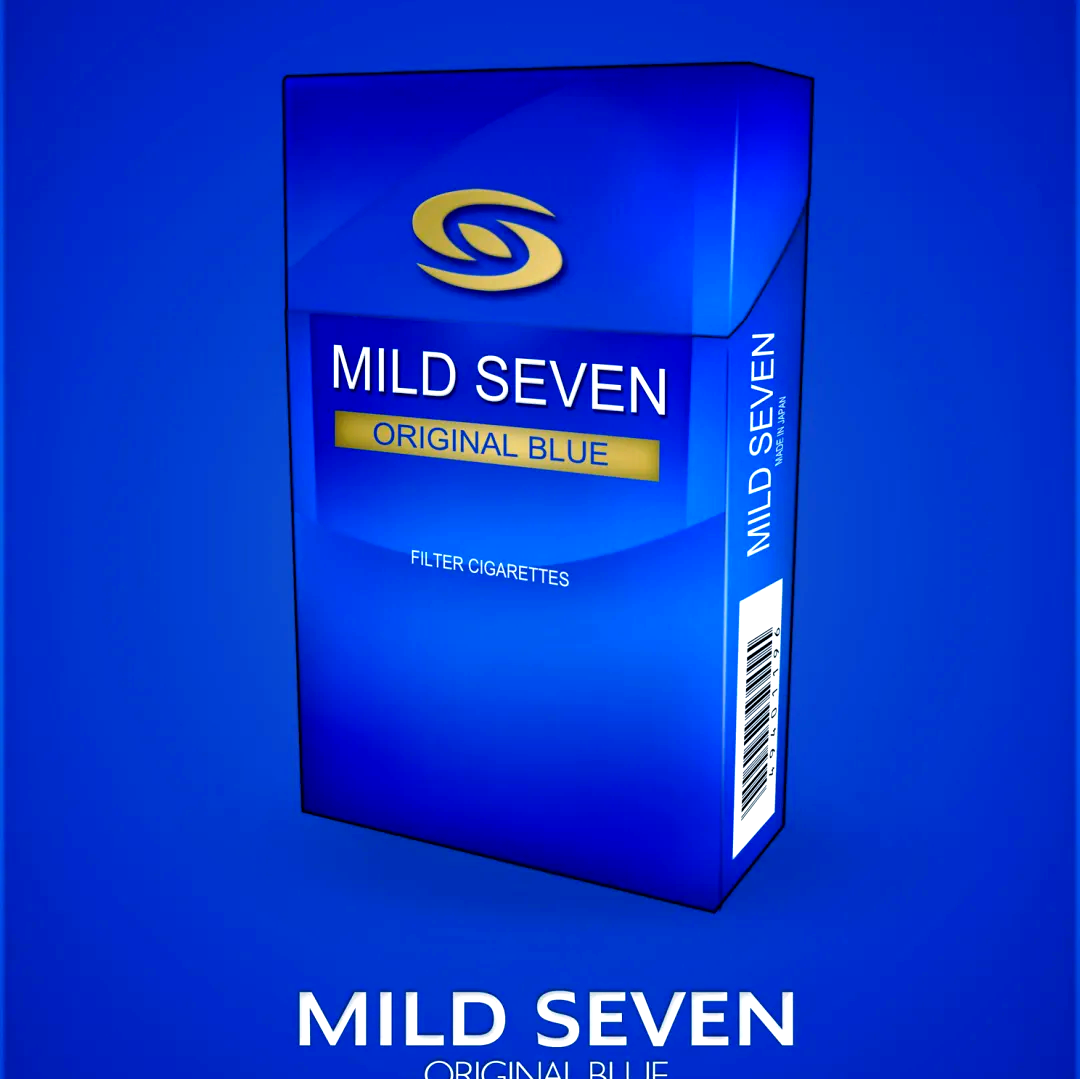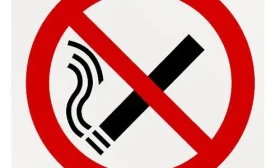Unveiling the Connection: How Parental Smoking Undermines Nebulization Therapy in Children with Recurrent Wheezing

If your child experiences recurrent wheezing, you are undoubtedly familiar with the nebulizer. That gentle hum, the misty cloud of medication, and the hope for easier breathing—it’s a cornerstone of managing distressing respiratory symptoms. You diligently follow the doctor’s orders, ensuring each treatment is completed. But what if an invisible factor in your own home was silently sabotaging this very therapy? Emerging and compelling evidence points to a critical, often overlooked variable: tobacco smoke exposure. The efficacy of nebulization therapy for recurrent wheezing in children is profoundly and negatively impacted by smoking, particularly parental smoking, creating a challenging cycle that demands our attention.
To understand this connection, we must first appreciate what recurrent wheezing represents in a child. It is not a diagnosis itself but a symptom, a high-pitched whistling sound during breathing, indicating narrowed or inflamed airways. This condition often overlaps with, or is a precursor to, asthma. The goal of nebulization therapy is to deliver medication directly to these troubled airways. Bronchodilators like albuterol work to relax the constricted muscles around the air passages, while corticosteroids reduce the underlying inflammation. It's a targeted, local action intended to bring rapid relief and long-term control.
Now, let's introduce the antagonist in this story: tobacco smoke. This is not a single substance but a complex cocktail of over 7,000 chemicals, hundreds of which are toxic and at least 70 known to cause cancer. For a child with a developing respiratory system, this exposure is nothing short of assault. It doesn’t just trigger a wheezing episode; it fundamentally alters the landscape of the lungs and the body’s response to treatment.
So, how exactly does smoking relate to and diminish the effectiveness of your child's nebulizer treatment? The mechanism is multifaceted, attacking the problem from several angles.
1. Chronic Inflammation and Airway Remodeling: Secondhand smoke is a potent irritant. It constantly aggravates the delicate lining of the bronchial tubes, leading to a state of persistent, low-grade inflammation. Imagine a scraped knee that never gets a chance to heal because it’s being rubbed with sandpaper every day. This is what happens to the airways. The nebulized corticosteroid, designed to calm inflammation, is now fighting an uphill battle against a continuous onslaught. The inflammation becomes harder to suppress, requiring higher doses or more frequent treatments to achieve the same effect. Over time, this can lead to "airway remodeling"—permanent, physical thickening of the airway walls—which further reduces lung function and makes the child less responsive to any medication.
2. Altered Immune Response and Mucus Hypersecretion: Children exposed to smoke often have dysregulated immune systems. Their bodies may overreact to other common triggers like viruses, dust, or pollen, launching an exaggerated inflammatory response. Furthermore, smoke paralyzes the tiny hair-like structures called cilia that line the airways. Cilia act as an escalator, moving mucus and trapped particles up and out of the lungs. When they are disabled, mucus builds up, creating a sticky, physical barrier. This mucus plug not only obstructs airflow, causing wheezing, but it also blocks the nebulized medication from reaching its intended target deep within the lungs. The medication particles settle in the mucus, which is then difficult to clear, drastically reducing the drug's bioavailability and therapeutic impact.
3. Pharmacological Interference: There is fascinating, albeit concerning, research suggesting that components of tobacco smoke can directly interfere with the molecular pathways targeted by the medications themselves. For instance, some studies indicate that smoke exposure can downregulate the receptors in the airway muscles that bronchodilators like albuterol are supposed to activate. If the "lock" is damaged, the "key" (the medication) becomes less effective. This can lead to a phenomenon known as reduced bronchodilator response in smoke-exposed children, meaning the quick-relief inhaler or nebulizer treatment simply doesn't open up the airways as well or as quickly as it should. This is a direct link between parental smoking and nebulizer resistance, turning a once-reliable rescue therapy into an unreliable tool.
The Vicious Cycle of Symptoms and Treatment This interaction creates a frustrating and dangerous cycle for families. A child exposed to smoke has more frequent and severe wheezing episodes. The parents, rightly concerned, administer nebulization therapy. However, because the therapy's efficacy is compromised, the relief is incomplete or short-lived. This leads to increased anxiety, more emergency room visits, higher doses of medication, and a perception that the treatment itself is failing. The real culprit, however, is the ongoing exposure. The impact of secondhand smoke on pediatric asthma treatment is thus not just about causing symptoms, but about crippling the primary means of controlling them.
Beyond the Nebulizer: The Broader Implications The ramifications extend far beyond the moments spent with the nebulizer mask. Children in smoking environments are more likely to develop respiratory infections, which are the most common triggers for acute wheezing episodes. This sets them up for a cycle of illness and inadequate treatment response. Their overall quality of life, sleep, and school attendance suffer. The financial and emotional burden on the family increases with every ineffective treatment and hospital visit.
Breaking the Cycle: A Path Forward The most critical, and indeed the only, solution to this problem is the complete elimination of the child’s exposure to tobacco smoke. This is non-negotiable. "Smoking outside" or "in another room" is not sufficient. Thirdhand smoke—the toxic residue that clings to clothes, hair, furniture, and car seats—can still be inhaled or ingested by a child, continuing the cycle of irritation.
Here are actionable steps to protect your child and restore the efficacy of their nebulization therapy:
- Commit to a Smoke-Free Home and Car: Make these areas absolutely off-limits for smoking, at all times. This is the single most important step in improving nebulization outcomes in wheezing children.
- Become a Smoke-Free Family: The most effective way to protect your child is for the entire family to quit smoking. Seek help from your doctor. Quitlines, support groups, and medications can dramatically increase success rates. Framing it as "for your child's health" can be a powerful motivator.
- Advocate for Your Child: Inform all caregivers, family members, and friends about the critical importance of a smoke-free environment. Do not be afraid to set firm boundaries.
- Work Closely with Your Pediatrician: Be open and honest with your child’s doctor about smoke exposure. This allows them to better tailor the treatment plan. They might need to adjust medication types or dosages while you work on eliminating the exposure, and they can provide resources to help you quit.
- Focus on Comprehensive Care: Alongside smoke elimination, ensure you are managing other triggers like allergens, using air purifiers, and maintaining a healthy lifestyle with good nutrition and regular physical activity as tolerated.
In conclusion, the relationship between smoking and the efficacy of nebulization therapy for recurrent wheezing is direct, detrimental, and scientifically grounded. Tobacco smoke doesn't just cause wheezing; it disarms the very treatment designed to stop it. By understanding this critical connection and taking decisive action to create a completely smoke-free environment, you are not just removing a trigger. You are unlocking the full potential of your child’s medical treatment, giving them the best possible chance for clear, easy breathing and a healthy, active childhood. The power to break this cycle lies in the air they breathe.













